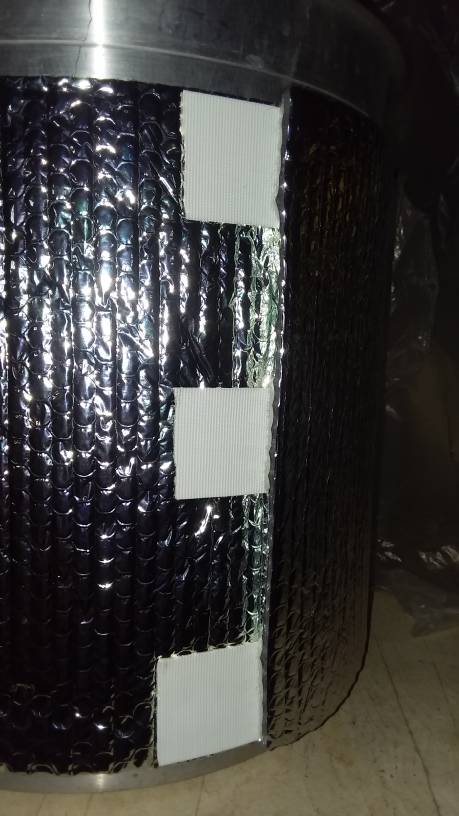Now that I'm brewing with induction, I'm thinking about getting some reflectix to insulate the kettle. I figured I could just use a strap or something to hold it on, but I was contemplating something more elegant.
Anybody attach (sew maybe?) velcro to their reflectix wrap to hold it onto the kettle? Any other cool methods?
Anybody attach (sew maybe?) velcro to their reflectix wrap to hold it onto the kettle? Any other cool methods?



























![Craft A Brew - Safale BE-256 Yeast - Fermentis - Belgian Ale Dry Yeast - For Belgian & Strong Ales - Ingredients for Home Brewing - Beer Making Supplies - [3 Pack]](https://m.media-amazon.com/images/I/51bcKEwQmWL._SL500_.jpg)





































